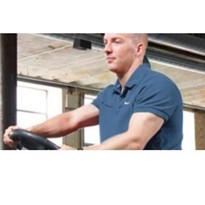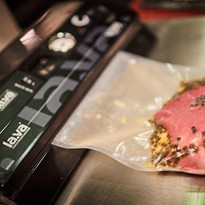What is Vacuum Packing?
Vacuum packing is the process of extracting the air from around a product and sealing it inside an impermeable package. The air is extracted to extend the useful life of products with regard to their normal shelf life.
What is Food Spoilage?
Food is a biological substance and is sensitive. Its freshness and useful life are affected by the inherent properties of the food as well as external factors.
Internal Factors:
- Type and quantity of micro-organisms
- Water activity
- Ph
- Cellular respiration
- Composition of the product
External Factors:
- Temperature
- Hygienic conditions
- Gases in the atmosphere
- Processing methods
Therefore, the way in which the food is handled during the process prior to vacuum packing is extremely important.
Basically, food spoils due to a chemical/bio-chemical deterioration. Microbial deterioration begins immediately after the harvesting or slaughtering due to the presence of micro-organisms that are found in the raw materials, the ingredients or the environment. Micro-organisms are all around us: on our skin, our tools and even in the air itself. That’s why it’s essential to maintain strict hygiene conditions along the whole food processing chain.
The way in which micro-organisms affect the product varies depending on the type of organism and the product itself.
Micro-organisms can be divided into two types: aerobes and anaerobes. Aerobic organisms need the presence of oxygen (O2) to survive and reproduce. However, anaerobic organisms grow without oxygen.
Vacuum packing is a natural food conservation technique that consists in extracting the air from the bag or container, removing the oxygen, the main factor in food spoilage. By vacuum packing, we:
- Extend the useful life of any perishable product by up to 2 to 4 times.
- Protect the product from external influences.
By removing the air surrounding the product, the bacterial growth of moulds and fungi is inhibited as they need oxygen to grow. Once the air is removed and the bag is sealed, the oxygen levels continue to fall as the levels of carbon dioxide rise. This reduces the
growth of organisms responsible for spoilage, allowing the useful life of the product to be prolonged.
VACUUM PACKING HAS MULTIPLE APPLICATIONS IN THE KITCHEN:
- Packaging Of Raw Or Cured Foods.
- Packing Of Traditionally Cooked Foods
- Sous-vide Cooking.
- Packaging In A Protective Atmosphere
- Freezing Of Vacuum-packed Food.
ADVANTAGES OF VACUUM PACKING
- Maximum yield of staff working hours by taking advantage of idle times.
- Better utilisation of the product, due to:
- Reduction in cooking loss due to the absence of loss from steam or evaporation. The vacuum packed product maintains its weight.
- Working in a hurry is avoided and is carried out outside peak times.
- Regular portioning: cost calculation with precision
- Rational storage in chambers: stock control and rationalization of procurement
- Use of best shopping days
- Purchasing opportunities
- Reduction in travel
- Larger purchases, obtaining better conditions and allowingimprovement in bargaining power
- Vacuum packing can enhance the quality of the product. The curing or maturing period of vacuum packed meat conserved between 0 and 2ºC isn’t disrupted as long as we leave a percentage of air inside to allow it to evolve.


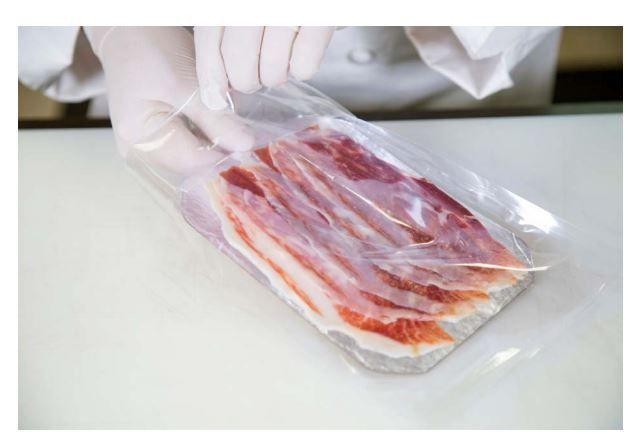
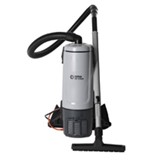
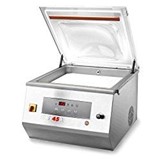


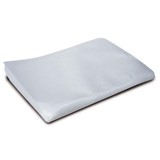
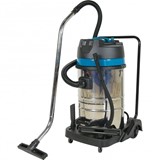
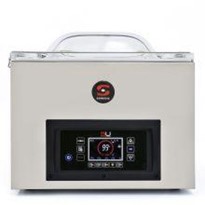
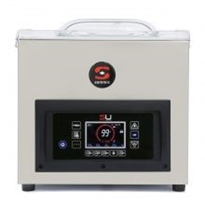
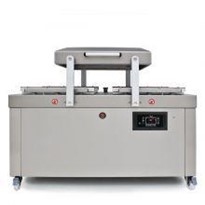
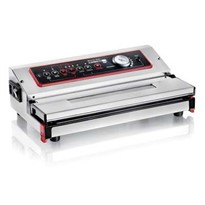
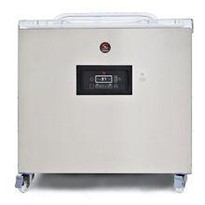
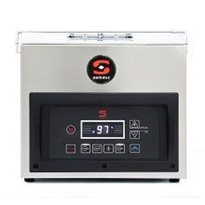

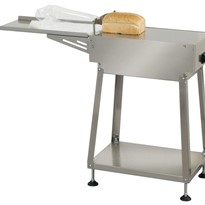

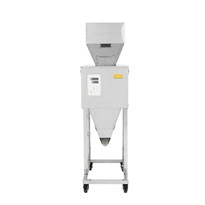
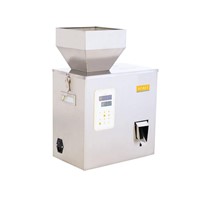

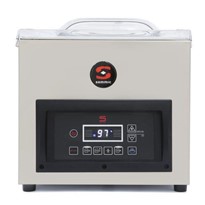
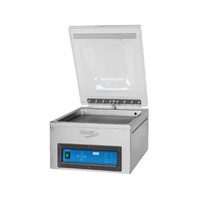

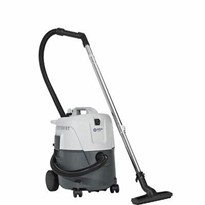
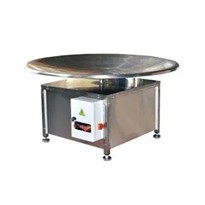

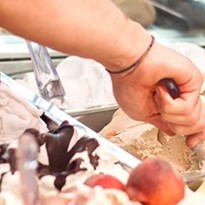

-205x205.jpg)
